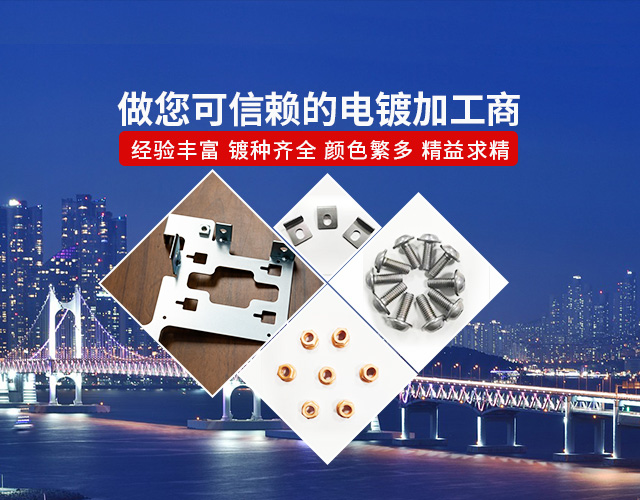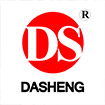





PRODUCTION LINE
The company has rich experience in metal surface treatment
PRODUCTS
The company has successively passed the certification of IS09001, IS014001, IS0/TS16949 and other quality systems

SINCE 1973
Tongxiang Dasheng Metal Surface Treatment Co., Ltd., formerly known as Tongxiang Zhouquan Electroplating Co., Ltd., was founded in 1973, and now is located in Tongxiang Economic and Technological Development Zone, Zhejiang Province, covering an area of more than 26,000 square meters and a building area of more than 19,000 square meters.
Tongxiang Dasheng Metal Surface Treatment Co., Ltd., formerly known as Tongxiang Zhouquan Electroplating Co., Ltd.,
Advanced automatic computer production line, with independent physical and chemical laboratory, salt spray testing machine, X-ray thickness gauge and other perfect quality control detection means, as well as equipped with a variety of testing equipment and instruments, as well as full-functional chemical analysis room.
STRENGTH
The company has rich experience in metal surface treatment, and have a group of high-tech talents majoring in electroplating, and have senior technicians with more than 20 years of experience in electroplating industry and excellent managers. In addition, it has advanced automatic computer production line, with self-owned physical and chemical laboratory, salt spray tester, X-RAY thickness gauge and other perfect quality control testing means, as well as all kinds of testing equipment and instruments with complete configuration, and full-function chemical analysis room.
NEWS CENTER






Quick
Tel:0573-88589619
Add:No.3768 Huancheng South Road, Fengming Street, Tongxiang City, Jiaxing City, Zhejiang Province

Copyright© Tongxiang Dasheng Metal Surface Treatment Co., Ltd., 浙ICP备20011189号-1 Power:300.cn